Mysterious Britain & Ireland
Rochester Castle is situated in the City of Rochester, one side is the River Medway, Rochester Cathedral stands opposite and many Victorian and older buildings surround on all sides. The moat has long since silted up and was used as a graveyard.
The Grappa Wine Bar on Lansdown Road, Bath was originally a public house known as the Beehive which in the 1970’s had a reputation for being haunted by a friendly serving maid which the licensees referred to as Bunty.
The Stowell Park Estate is a private agricultural and sporting estate owned by the Vestey family. The following account of a encounter with an apparition appeared in ‘The Haunted Homes and Family Traditions of Great Britain by John Ingram (1897)’. Though the account does not refer to Stowell Park by name, rather as Chedworth, the ‘seat of Lord Chedworth’.
It has been suggested that Alton Barnes may have derived its name from its proximity to this holy well or sacred spring, which appeared in Saxon Charters as Bradewelle as early as 825AD. In ‘A History of the County of Wiltshire: Volume 10 (1975)’ Broad Well receives three mentions which are quoted below.
The ancient site known as the Sanctuary can be found on Overton Hill (aka Hakpen Hill) at the start of the Ridgeway footpath. Dating from 3000BC it is the site of a stone circle which marked the end of the West Kennet Avenue.
According to an article on the Gazette and Herald website ‘THE origins of the Broad Town White Horse are somewhat confused. Located three miles south of Wootton Bassett, the horse is on a steep slope on land belonging to Littletown Farm.
Mentioned as a item of possible interest to a visitor of Alton Priors, in the village is a sarsen stone with a copy of the Alton Barnes White Horse carved upon it.
The Alton Barnes white horse dates from 1812 and can be found on a slope facing southeast between Milk Hill (one of the highest points in Wiltshire) and Walkers Hill, nearly a mile north of Alton Barnes. Measuring 160 feet by 166 feet, the horse was commissioned by Robert Pile from Manor Farm in Alton Barnes and designed by John Thorne (Jack the Painter).
The Grade II listed All Saints Church in Alton Priors dates from the 12th century. According to ‘A History of the County of Wiltshire: Volume 11’ (1980) ‘The church of ALL SAINTS, Alton Priors, is built of freestone, rubble, and red brick and has a chancel, nave, and west tower. The chancel arch survives from the 12th-century church.
Caer Leb is a rectangular shaped earthwork with double banks and ditches. It measures approximately two hundred feet by one hundred and sixty feet, so it is quite a large site. A 3rd Century brooch and a 4th Century denarius along with some Roman pottery and Iron Age quern stones have been found at Caer Leb.

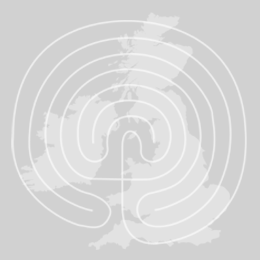
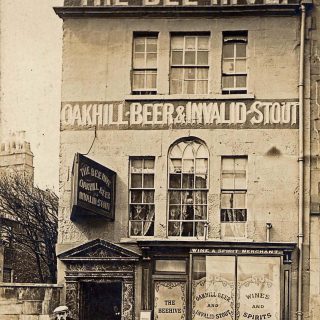
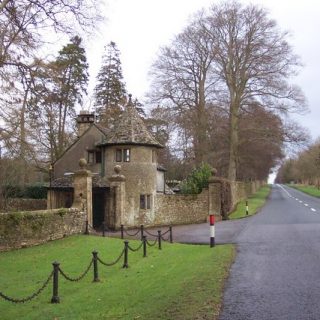
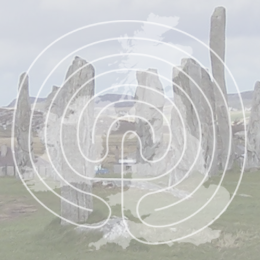
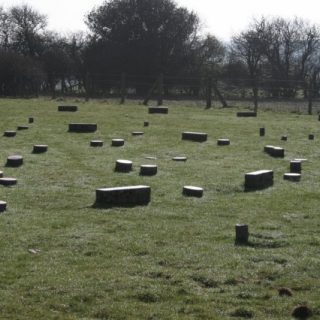
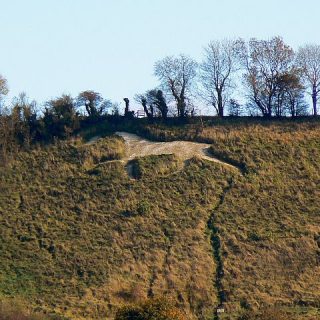
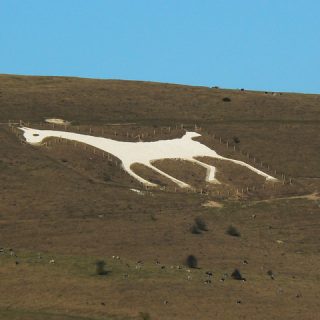
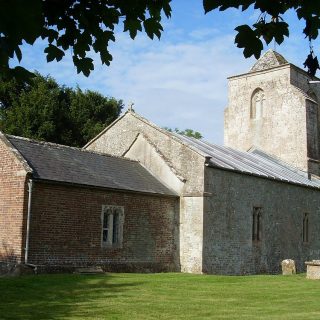
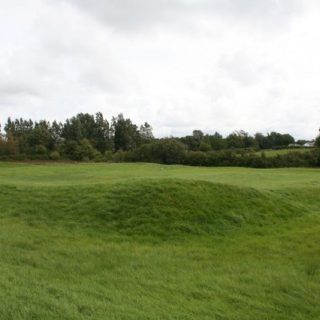
Recent Comments